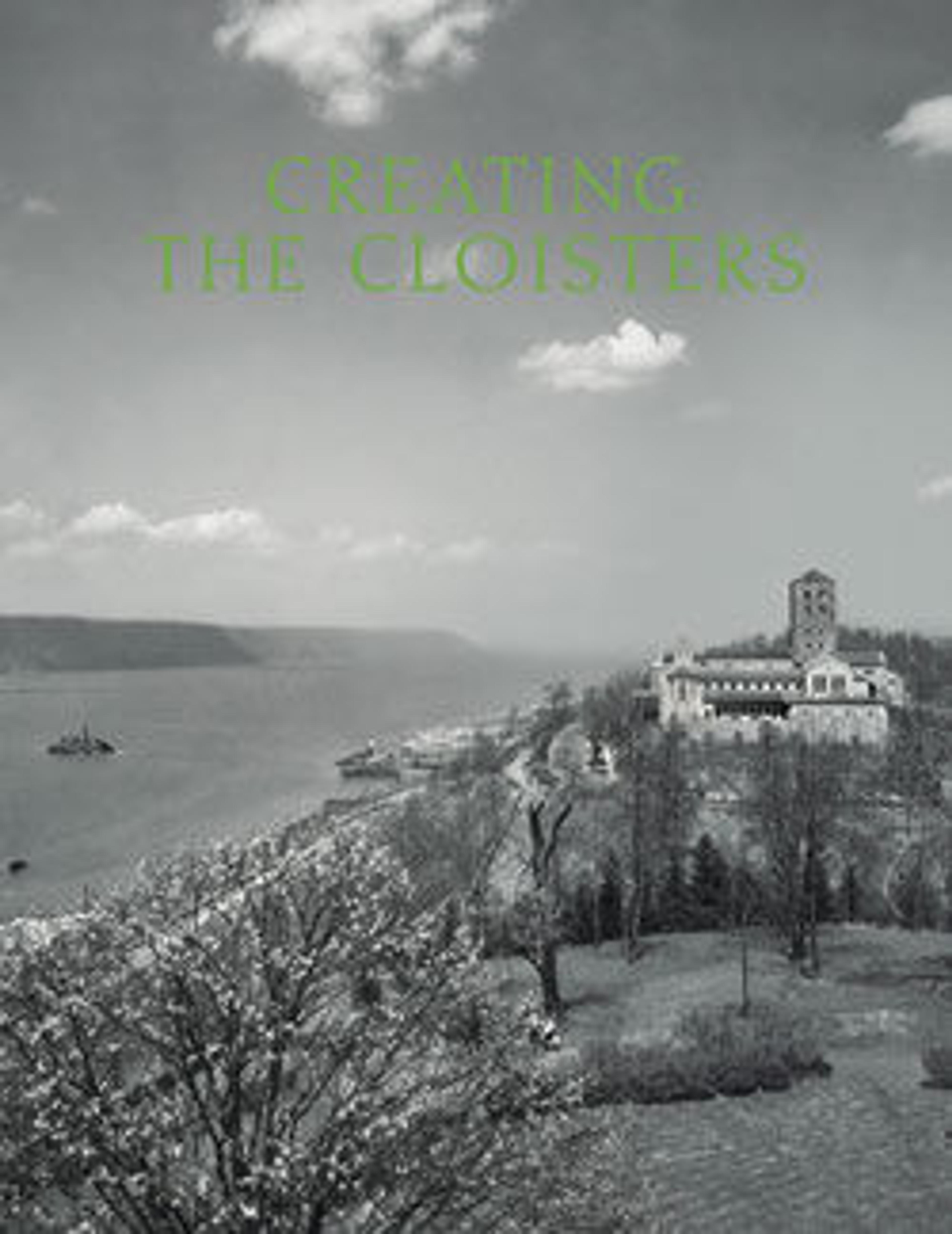Saint Roch
associated with hospitals and especially the Black Death. While caring for the sick on his pilgrimage to Rome, he contracted a grave illness but was miraculously healed by a faithful dog who brought him bread and licked his wounds.
Artwork Details
- Title: Saint Roch
- Date: early 16th century
- Geography: Made in Normandy, France
- Culture: French
- Medium: Oak with paint and gilding
- Dimensions: 62 1/4 × 20 1/2 × 13 3/4 in., 140 lb. (158.1 × 52.1 × 34.9 cm, 63.5 kg)
- Classification: Sculpture-Wood
- Credit Line: The Cloisters Collection, 1925
- Object Number: 25.120.239a, b
- Curatorial Department: Medieval Art and The Cloisters
Audio
74. Saint Roch
Gallery 20
NARRATOR: This mournful figure with his wounded leg and loyal dog is an early sixteenth-century representation of St. Roch, the patron saint of the diseased and imprisoned. He is shown here as a pilgrim, with the crossed keys of St. Peter on the upturned brim of his hat, signifying his journey to Rome. Though now bedraggled, one can tell that his tunic was once richly decorated, recalling his noble heritage. He lifts it to show his wound. It is said that Roch was the son of the governor of Montpellier, in southern France. Orphaned at twenty, he made a pilgrimage to Rome. When he arrived in Italy and found it plague-stricken, he devoted himself to the care, and some say miraculous curing, of the afflicted. Eventually he was himself infected. Rather than further tax the caregivers, he dragged himself off to the woods to die. But a dog found him, and began to bring him food. Then the dog brought his master, who nursed Roch back to health. Roch immediately returned to caring for the sick, but now with a greatly enhanced ability to heal. When he finally made his way back to Montpellier, his relatives couldn't recognize him, and he was locked up in prison for five years, until he died. When they examined his body, they discovered the cross-shaped birthmark on his chest marking him as the son of the governor. Roch was given a lavish funeral, and he continued to perform healing miracles from the grave.
More Artwork
Research Resources
The Met provides unparalleled resources for research and welcomes an international community of students and scholars. The Met's Open Access API is where creators and researchers can connect to the The Met collection. Open Access data and public domain images are available for unrestricted commercial and noncommercial use without permission or fee.
To request images under copyright and other restrictions, please use this Image Request form.
Feedback
We continue to research and examine historical and cultural context for objects in The Met collection. If you have comments or questions about this object record, please complete and submit this form. The Museum looks forward to receiving your comments.
